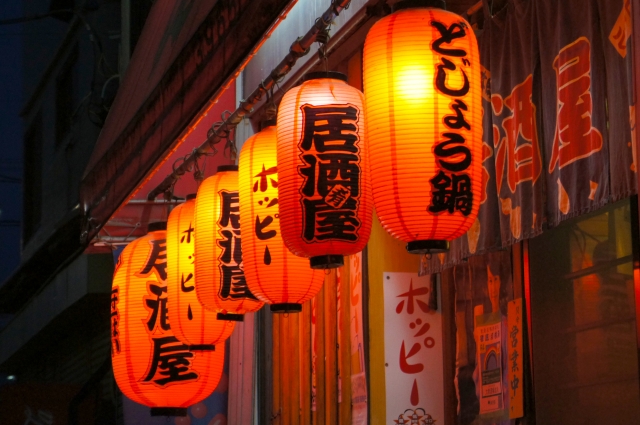Takumi
Takumi is a term people use to describe a highly skilled, experienced person in a particular craft or profession. We praise truly exceptional craftsmen and artists in their field with the word, takumi, as it’s an appropriate term to express respect and pride in his or her work.
For example, we use the word, takumi, to describe traditional Japanese craftsmen and artisans. They demonstrate master craftsmanship in a variety of fields, including woodworking, ceramics, sword smithing, garden design, and cooking. They spend their time and effort honing their skills to produce beautiful, high-quality products and works of art. The concept of takumi is about more than just a mastery of craft, we associate it with passion, perseverance, and cultural values. The products created by takumi are highly valued, as their work often reflects traditional Japanese culture and aesthetics.
A word that uses the kanji of takumi is “shisho” (“master” or “master craftsman”). Shisho refers to a person with superior skills or knowledge in a particular field or profession and serves as a teacher and mentor to others. The relationship between a master and an apprentice (or student) can be found in a variety of fields, including martial arts, traditional Japanese crafts (e.g., sword smithing, kimono making), the arts (e.g., Japanese painting, tea ceremony, flower arrangement), music, and cooking.
The term, master, emphasizes the importance of the master-disciple relationship and of teaching and learning in Japanese culture. It symbolizes the transmission of traditional skills and knowledge. The apprentice learns from the master and shares their skills with the next generation to keep traditional Japanese culture and craftsmanship alive and growing.
sign up for the Japanese-Online Newsletter
__..-・**・-..__..-・**・-.._ あいうえお かきくけこ さしすせそ たちつてと なにぬねの はひふへほ まみむめも やいゆえよ らりるれろ わゐうゑを ん __..-・**・-..__..-・**・-.._
#JapaneseOnline #LearningJapanese #FreeJapaneseLessons #JapaneseVideoLearning #JapaneseAnime #Anime #JapaneseFood #Bloguru




